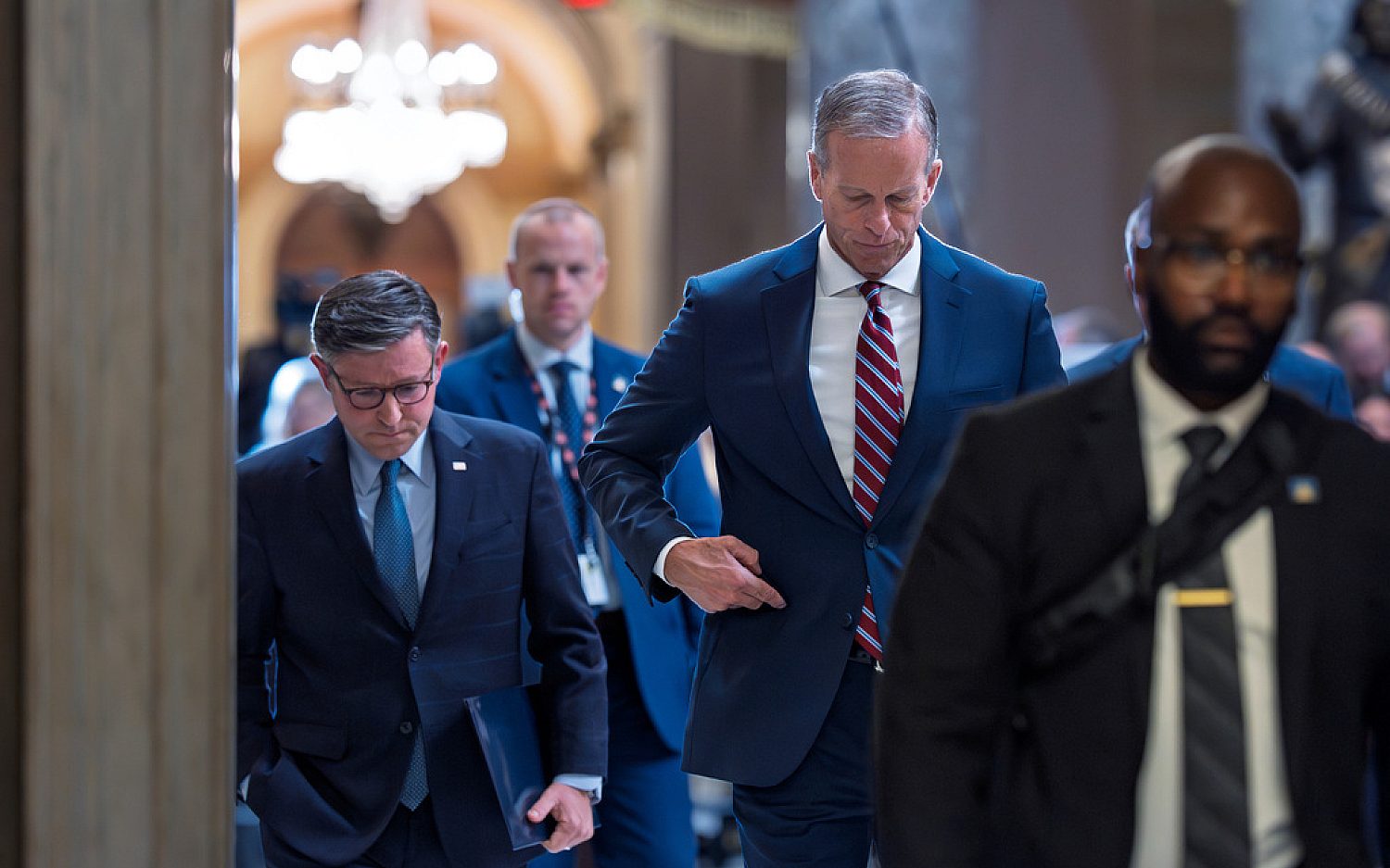London Bridge isn't the only one falling down
Drive over the Frederick Douglass Memorial Bridge into Washington and you see a beautiful view of the U.S. Capitol. But officials say the bridge—like nearly 8,000 in the United States—is on its last legs. Built in 1950, its steel underpinnings have weakened and thinned and the concrete is crumbling. It’s a prime example of why President Barack Obama called Congress to support his $302 billion transportation infrastructure bill last week.
An Associated Press analysis of more than 600,000 bridges in the U.S. National Bridge Inventory found 65,605 bridges classified as “structurally deficient,” meaning at least one major component of the span has advanced deterioration or another problem requiring repairs. A further 20,808 are “fracture critical,” meaning they have no redundant protections and could collapse if a single essential component fails.
More concerning are the 7,795 bridges that sit in both categories—located in all 50 states and carrying more than 29 million drivers a day. Iowa, Nebraska, Missouri, and Pennsylvania top the neediest list, with more than 600 bridges in each state red-flagged as both structurally deficient and fracture critical. Many were built more than 60 years ago.
Washington D.C.’s Douglass bridge is structurally deficient even after undergoing two rehabilitation projects to add “catcher beams” to shore up its horizontal beams and prevent the bridge from falling into the Anacostia River. Its main girders had deteriorated to the point “we were concerned that we could have a failure, and that the failure could be catastrophic,” said Ronaldo Nicholson, chief bridge engineer for the area.
A new Douglass bridge would cost up to $450 million. Aiming to replace it within five years, officials will step up inspections to every six months instead of the normal two-year intervals.
Engineers are quick to insist that bridges on the fracture critical list are not to the point of collapse, despite the ominous classifications. Federal Highway Administration head Victor Mendez said thousands of inspectors across the country are “in the field every day to determine the safety of the nation’s bridges. … If a bridge is found to be unsafe, immediate action is taken.”
Still, a fracture critical bridge can collapse in a single unanticipated event that damages the critical portion of its structure. For instance, the collapse of the I-5 bridge in Washington state in May 2013 was caused by an oversized load hitting several of its overhead support beams.
Obama’s plea for transportation funding comes as the Federal Highway Trust Fund heads towards a so-called “transportation cliff” at the end of August. Long-denounced as problematic by the Cato Institute, the fund is fueled by gasoline taxes but is spent on far more than roads. And the fund has dwindled as Americans buy less fuel. As an alternative, Republicans have twice put forth the Transportation Empowerment Act (in 2002 and 2013) to devolve “maximum discretionary authority and fiscal responsibility to the states” for all surface transportation systems, aside from the interstate system.
But Rep. Jon Mica, R-Fla., writing for The Hill, agreed with the president that without a funding solution by summer’s end “states will begin closing down major transportation projects that rely on a federal financial commitment.”
The Associated Press contributed to this report.
An actual newsletter worth subscribing to instead of just a collection of links. —Adam
Sign up to receive The Sift email newsletter each weekday morning for the latest headlines from WORLD’s breaking news team.




Please wait while we load the latest comments...
Comments
Please register, subscribe, or log in to comment on this article.